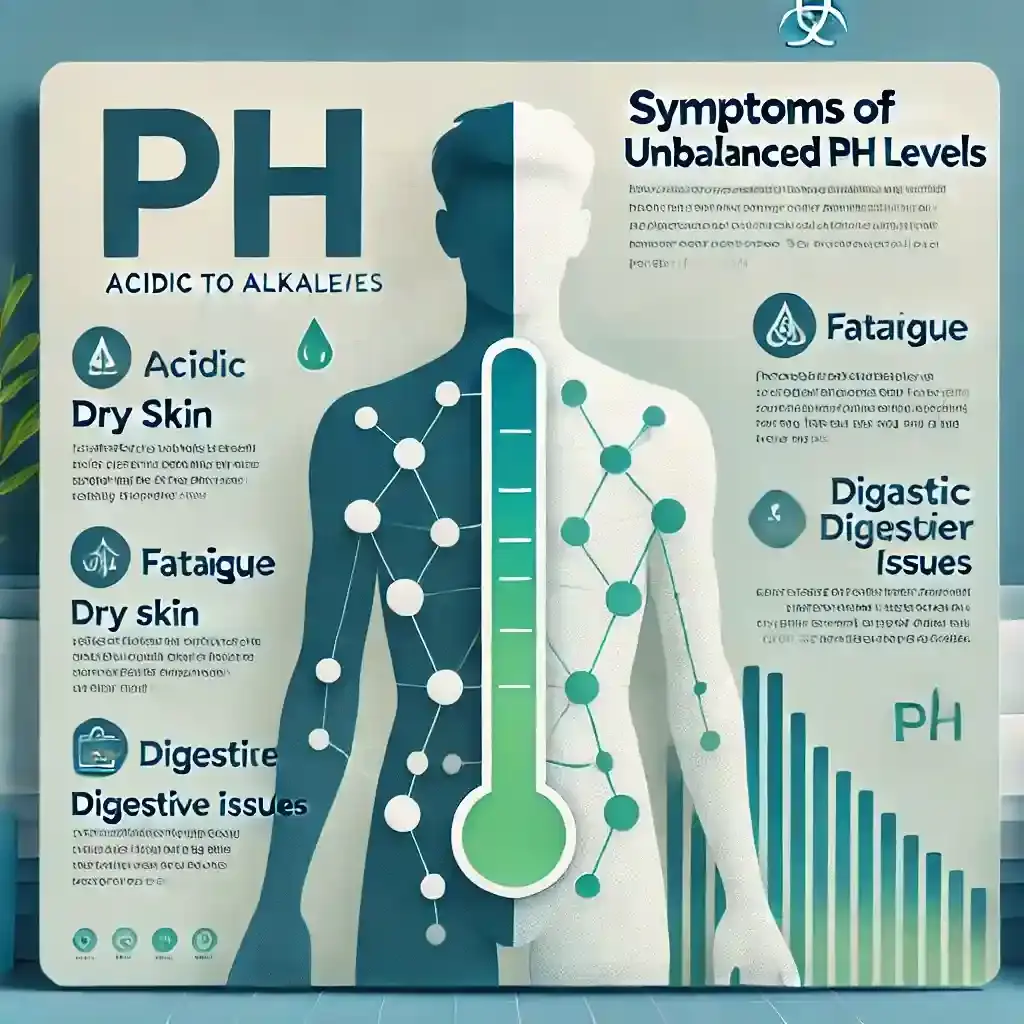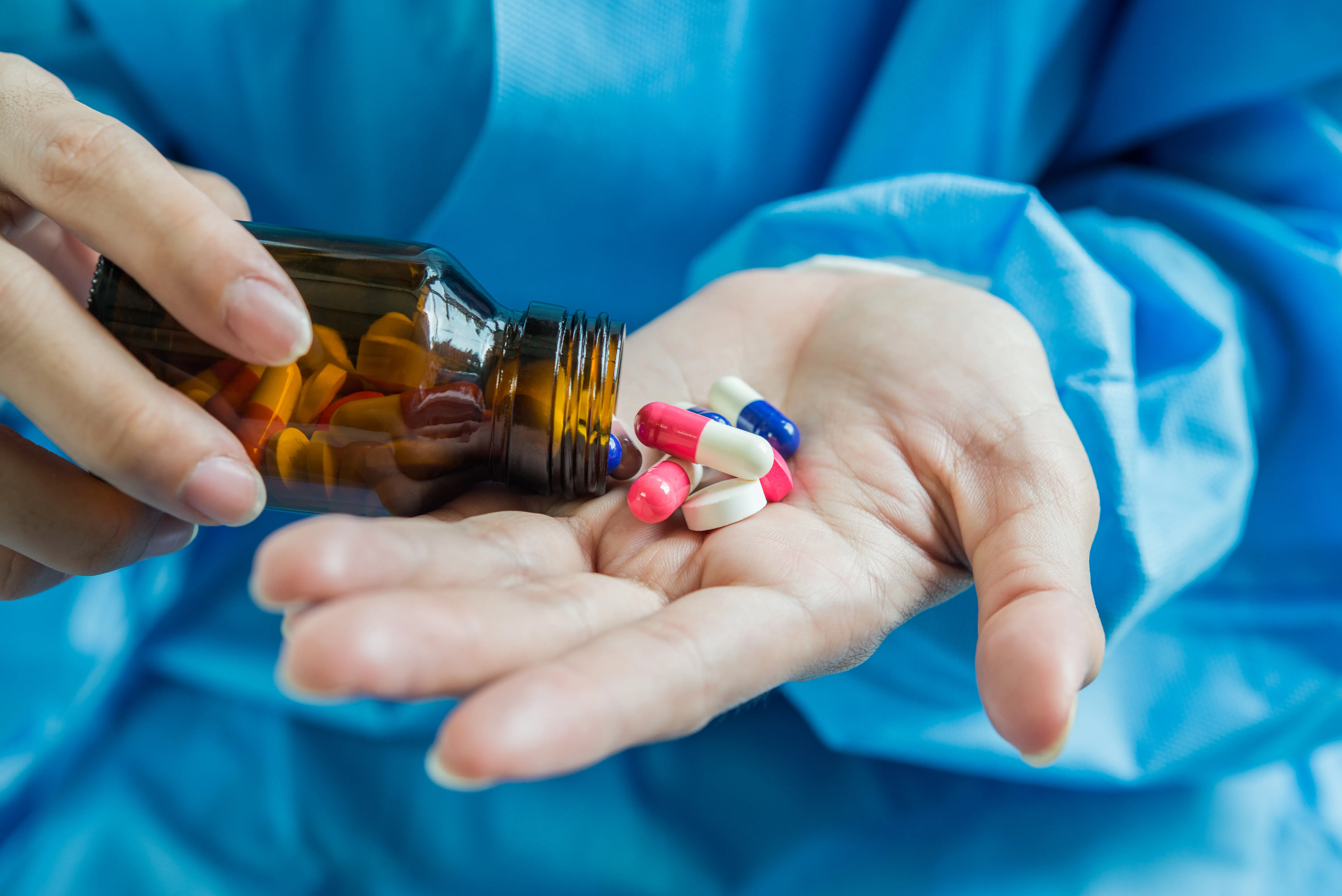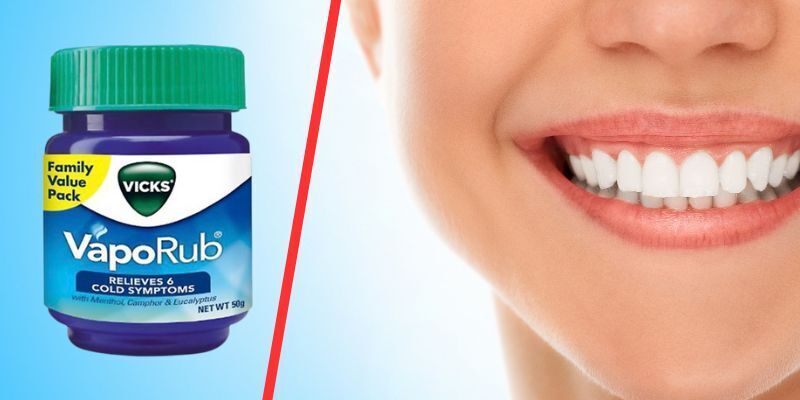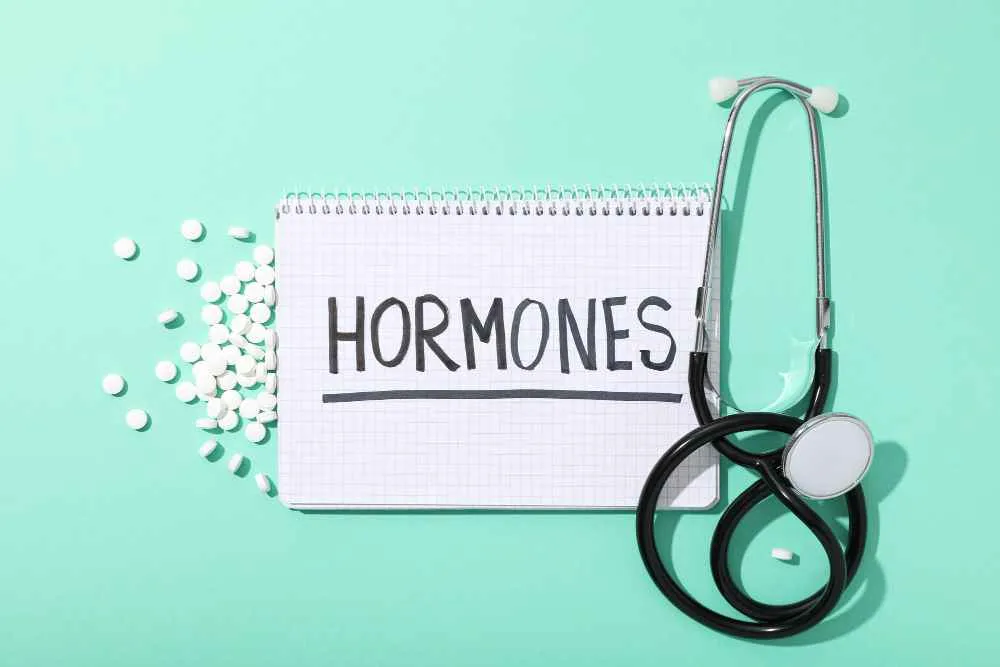|
Estrogen builds up silently, causing bloating, mood swings, and fatigue. Simple habits, clean food, exercise, hydration, and less plastic support the body’s natural rhythm to clear hormones and restore balance. |
Why do mood shifts, stubborn bloating, or tighter jeans show up even when your routine hasn’t changed much? Hormones, especially estrogen, can play a big role. And when your body struggles to clear excess estrogen efficiently, these changes become noticeable.
Learning how to flush out excess estrogen naturally is less about intense detoxes and more about supporting your body’s built-in systems. Your liver and gut already work daily to process and eliminate hormones; they just need the right foods, habits, and rhythm to do it smoothly.
When digestion slows, stress stays high, sleep dips, or processed foods creep in, estrogen can linger longer than it should. The good news? Small, consistent lifestyle changes can help your body restore balance naturally.
How to Flush Out Excess Estrogen Naturally
Hormones respond to rhythm, how you eat, sleep, and move. When that rhythm gets disrupted, estrogen tends to linger. Supporting your liver and gut makes all the difference. These two handle the bulk of estrogen detox, breaking it down and sending it out through waste.
Daily movement helps. So does eating vegetables like broccoli, kale, and cauliflower. They contain compounds that turn potent estrogen into gentler forms that the liver can clear. Hydration and fiber speed the process, keeping things moving. In a review of 43 human studies, combining diet and exercise helped regulate harmful estrogen metabolites better than diet alone. That’s proof enough that lifestyle works better than shortcuts.
Cutting alcohol, managing stress, and reducing plastic exposure also keep estrogen in check. Think less “cleanse,” more “consistent care.”
1. Diet to Reduce Estrogen (Flush Out Excess Estrogen Naturally Through Food)
Food plays a large role, especially fiber and vegetables. Fiber binds estrogen in the gut and moves it out. When fiber intake is low, estrogen recycling increases.
Evidence summarized in 2025 shows that shifting to a lower-fat, higher-fibre diet can lower circulating estrogen by ~10–25%. This happens because fiber increases estrogen excretion and reduces reabsorption.
Also, 2024–2025 dietary pattern reviews show that diets with whole grains, vegetables, fruits, pulses, nuts, and seeds support healthier hormone patterns.
Foods That Lower Estrogen
|
Food Group |
Key Compound |
How It Helps |
Examples |
|
Cruciferous vegetables |
Indole-3-carbinol → DIM |
Converts strong estrogen to gentler forms |
Broccoli, Cauliflower, Cabbage, Kale |
|
High-fiber grains and pulses |
Soluble & insoluble fiber |
Binds estrogen in the gut to remove |
Oats, Brown rice, Bajra, Lentils, Chana |
|
Sulfur-rich foods |
Supports Phase 2 detox enzymes |
Helps the liver break down estrogen |
Garlic, Onion, Eggs |
|
Probiotic foods |
Beneficial gut bacteria |
Reduces estrogen reabsorption |
Curd, Buttermilk, Fermented pickles (small amounts) |
Daily Meal Rhythm (Simple, Not Strict)
-
Add 1 cup of cruciferous veg to either lunch or dinner.
-
Add 2 tbsp flaxseed or chia daily.
-
Drink 2–2.5 L of water steadily.
-
Move from white flour to whole grains.
This is not a transformation in one day. It is consistency that changes the hormone rhythm.
2. Exercise Routine to Balance Hormones (Reduce High Estrogen Naturally With Movement)
Regular exercise helps maintain a healthy weight and increases the body's metabolism rate as well. This, therefore, could assist greatly in hormone flushing, too. Aim for at least 30 minutes of moderate exercise most days of the week. Those exercises include brisk walking, cycling, and swimming.
Best Movements
-
Brisk walking
-
Cycling
-
Yoga flow
-
Light strength training (body weight or simple dumbbells)
Movement helps in two ways:
-
Reduces stored body fat, which produces estrogen.
-
Improves blood flow to the liver and gut, speeding hormone clearance.
Start with what feels easy. Increase slowly. Daily rhythm matters more than intensity.
3. Supplements (Use Them Only After Basics Are Steady)
Supplements are often used too early. However, they are only effective when diet, hydration, sleep, and fibre intake are already stable.
Common Supplements for Estrogen Dominance Treatment
-
DIM (Diindolylmethane) – supports estrogen metabolism.
-
Calcium D-Glucarate – supports estrogen excretion through bile and stool.
-
Probiotics – strengthen gut bacteria to prevent reabsorption.
-
Milk Thistle – supports liver function.
-
B-vitamins – needed for hormone clearance pathways.
Take supplements under a doctor's guidance only. Guessing can disturb balance instead of improving it.
4. Stress and Estrogen (How Stress Makes Estrogen Feel Higher)
Chronic stress changes hormones. The body uses progesterone to make cortisol when stress stays high. When progesterone falls, estrogen feels higher even if estrogen has not changed. This is why stress often shows up as:
-
Mood swings
-
Anxiety
-
Poor sleep
-
PMS symptoms that feel stronger
Daily Stress-Reset Ideas
-
Ten minutes of quiet breathing before sleep.
-
A short evening walk to relax the nervous system.
-
Avoid screens during meals, allow your mind to settle.
-
Speak out about your feelings instead of holding them in.
Small resets done daily work better than occasional long meditation.
5. Sleep and Hormone Rhythm (Hormones Reset at Night)
Sleep is not just for rest. Sleep is where hormone communication gets repaired. Aim for 7–8 hours. Try to sleep and wake at the same time every day. Keep the bedroom slightly cool and dark.
Avoid:
-
Caffeine after evening.
-
Scroll-based screen stimulation before bed.
Even a small sleep improvement helps mood and menstrual stability.
6. Estrogen and Weight Gain (Why Reducing Body Fat Helps Balance Hormones)
Body fat is active. It makes estrogen. So when fat increases, estrogen may also increase. The goal is not fast weight loss or strict dieting. That usually backfires and increases stress. What works is slow change. Add more vegetables to meals, choose simple whole foods, drink enough water, and move a little daily.
Even small shifts make the body feel safer and lighter. When the body feels safe, hormones settle on their own. Focus on steady habits, not perfection. Your body adjusts patiently when it is supported, not forced.
Approach: Slow and Steady
-
Add vegetables to meals.
-
Replace sugary snacks with fruit or nuts.
-
Walk after meals.
-
Drink water regularly.
A 2–3 kg weight change in a month is enough to shift the hormone pattern.
7. Alcohol and Estrogen (Why Even Small Changes Matter)
Alcohol influences estrogen. And the effect changes with the menstrual phase.
A 2023 pooled observational study found:
-
−1.3% change in estradiol during the follicular phase,
-
+1.7% increase in estradiol during the luteal phase,
even with moderate drinking.
Even small alcohol intake can nudge estrogen depending on cycle timing. Instead of quitting entirely:
-
Drink less frequently.
-
Choose fewer drinks per sitting.
-
Drink one glass of water between each drink.
Steady reduction works better than sudden restriction.
8. Endocrine Disruptors and Estrogen (Small Daily Swaps Make a Large Difference)
Certain chemicals act like estrogen in the body. These are called endocrine disruptors.
They are commonly found in:
-
Plastic bottles
-
Food containers
-
Non-stick cookware
-
Scented body sprays and perfumes
-
Synthetic cleaning products
Practical Alternatives
|
Daily Item |
Swap With |
|
Plastic bottle |
Stainless steel or glass bottle |
|
Non-stick pan |
Cast iron or steel pan |
|
Scented soap or perfume-heavy lotion |
Mild, fragrance-free products |
|
Packaged snacks |
Whole fruit, nuts, roasted grams |
These changes do not feel dramatic, but they reduce estrogen load over time.
What Is Excess Estrogen or Estrogen Dominance?
Estrogen dominance means estrogen levels outweigh progesterone. It doesn’t always mean the body is flooded with estrogen; sometimes progesterone simply drops. Both hormones need to work in sync to keep cycles steady and moods stable.
Common causes include:
-
Chronic stress drains progesterone
-
Low-fiber diets slow detox
-
Hormonal birth control or medication
-
Alcohol overuse or poor liver function
-
High body fat produces extra estrogen
This imbalance shows up as heavy cycles, fatigue, or bloating. In men, it may appear as low libido or weight gain. Supporting estrogen metabolism phase 1 and 2 through diet, B vitamins, leafy greens, and magnesium can naturally restore hormone rhythm.
Signs and Symptoms of High Estrogen Levels
When hormones drift out of balance, the body often gives gentle warnings first. A little bloating, a heavier cycle, or restless nights, none dramatic on their own, but together, they signal estrogen overload. The tricky part is that it builds slowly. Recognizing early signs can save months of frustration and guesswork.
Physical Signs to Watch For
-
Cycles that feel heavier or arrive unpredictably
-
Breast tenderness or puffiness around the midsection
-
Weight gain near the hips or thighs
-
Water retention that doesn’t ease up
-
Constant tiredness or low stamina
These patterns point to hormone imbalance in women, especially when paired with changes in mood or sleep.
Emotional and Hormonal Symptoms
High estrogen can make emotions swing fast. Anxiety creeps in, motivation drops, and sleep turns shallow. Cortisol, the stress hormone, stays high, dragging progesterone down and leaving estrogen unchecked. That’s why even small stressors can feel bigger than they are. Balanced hormones calm that rollercoaster.
How to Confirm Estrogen Imbalance Through Testing
Bloodwork usually includes estradiol, estrone, and estriol, the three main estrogens. Some doctors prefer saliva or urine panels to track how the body breaks hormones down. Comparing progesterone to estrogen helps confirm an imbalance. Once numbers are clear, estrogen dominance treatment becomes more targeted and less of a guessing game.
U.S. assessment found estrogen in drinking water is 82 times lower than what we get through food, so what we eat and how we move matter far more than outside exposure. Once results come in, personalized estrogen dominance treatment starts to make sense, built on real data, not guesswork.
Causes of Excess Estrogen in the Body
Several habits quietly push estrogen levels higher without anyone noticing.
1. Dietary and Lifestyle Factors
Processed food, sugar, and a lack of fiber slow estrogen removal. Exercise restores metabolism and circulation, two keys to lowering estrogen levels naturally. Alcohol also disrupts the liver’s filtration system, keeping hormones in circulation longer.
2. Environmental Estrogen Sources (Xenoestrogens)
Plastics, pesticides, and artificial scents mimic estrogen and attach to hormone receptors. These environmental estrogens (xenoestrogens) confuse the body’s own signaling. Choosing glass containers, skipping synthetic fragrances, and eating organic produce can reduce exposure dramatically.
3. Medical or Hormonal Triggers
Certain medications, especially hormonal ones, raise estrogen levels. Postmenopausal women with higher body fat tend to store more since fat cells create estrogen. Slower liver detoxification only adds to the problem.
Natural Supplements That Support Estrogen Detox
Sometimes food and rest alone don’t fix things. That’s where supplements can steady the process, giving your liver and gut a bit more help. Each one has its place, but they work best when your basics, sleep, hydration, and diet are already in check.
DIM (Diindolylmethane) and Calcium D-Glucarate
-
Found naturally in cruciferous vegetables, DIM helps the liver convert strong estrogens into weaker, safer forms.
-
Calcium D-Glucarate supports estrogen detox by helping your body move waste out through bile and stool.
Milk Thistle, Probiotics, and B-Vitamins
-
Milk thistle strengthens liver cells.
-
Probiotics balance gut bacteria so estrogen doesn’t get reabsorbed.
-
B-vitamins keep methylation running, the quiet chemical process behind hormone balance.
Safety and Doctor Consultation Before Use
-
Supplements can be powerful if used correctly.
-
Talk to your doctor before adding anything new, especially if you’re already taking medications.
-
The right mix can make detox smoother; guessing can do the opposite.
Warning Signs That Need Medical Attention
Sometimes the body keeps sending quiet signals that things aren’t fine. You tweak your diet, sleep better, drink water, and still, something feels off. That’s when a doctor should step in. Hormone patterns can shift for many reasons, and catching them early saves months of frustration.
Watch out for these warning signs:
-
Cycles that suddenly change, heavier, longer, or skipped altogether
-
Constant bloating or swelling that doesn’t go away
-
Fatigue that lingers no matter how much you rest
-
Weight gain that shows up fast and sticks around
-
Ongoing mood swings or anxiety without a clear trigger
If these sound familiar, don’t guess. A professional can test hormone levels, assess estrogen detox efficiency, and tailor a plan that gets your system back in rhythm.
Recommended Lab Tests for Hormone Balance
Testing isn’t complicated, but it tells you a lot. Most doctors start with the basics, estradiol, estrone, and estriol, to see where your estrogen really stands. Then comes the progesterone-to-estrogen ratio, which shows if the two are out of sync.
They might also check liver function; that’s the organ quietly doing the heavy lifting in every estrogen detox process. Some clinics use the DUTCH test or a thyroid panel if things still seem off. Once those results land, it’s easier to adjust food, supplements, or medication and get hormones running smoothly again.
When to See a Doctor
Sometimes the body just won’t reset, no matter what you try. That’s when it’s smart to call your doctor. They’ll check hormone levels and see if something deeper, like thyroid issues or PCOS, is getting in the way. If you’re tired, bloated, or your periods have gone haywire, don’t wait it out.
An endocrinologist can adjust your plan, tweak medications, or suggest foods that actually help estrogen detox work right. Think of it less as treatment, more as giving your system a fair shot to find its balance again.
Conclusion
Restoring hormone balance takes patience and rhythm. Every small step, nourishing meals, consistent sleep, hydration, movement, and stress care, help your body clear excess estrogen naturally. You don’t need extreme cleanses or quick fixes. Support your body daily, stay consistent, and balance will follow.
أسئلة متكررة
Can you lower estrogen levels naturally without supplements?
Yes. Fibre, vegetables, sleep routine, reduced alcohol, and steady movement help the liver and gut do their work. Supplements only assist when the basics are already working.
What are the signs of high estrogen in men?
Lower energy, reduced libido, belly fat gain, lower motivation, and sometimes softer muscle definition. Stress and alcohol can worsen these patterns.
What time of day is estrogen highest?
The levels of estrogen are highest in the morning and can increase and decrease throughout the day.
What is the strongest natural estrogen blocker?
Flaxseeds are considered one of the strongest natural estrogen blockers. They contain lignans, which have been shown to inhibit estrogen activity.
Can Men Have High Estrogen Too?
Yes. High estrogen can cause fatigue and low libido. Exercise helps restore hormone balance.
Does Weight Loss Help Reduce Estrogen Levels?
Yes. Fat tissue produces estrogen, so gradual weight loss lowers levels.
Are Estrogen-Detox Supplements Safe?
Safe under medical guidance. DIM and milk thistle support estrogen and liver detox.
Can Exercise Lower Estrogen Naturally?
Yes. Regular workouts help detox estrogen efficiently.
How long does it take to flush out excess estrogen?
When food routine, movement, sleep, and hydration become steady, many people notice changes in 4–8 weeks. For a deeper rhythm shift, the body may take 3–6 months. The key is consistency, not speed.
-User-1754380331.png)
كُتب بواسطة







